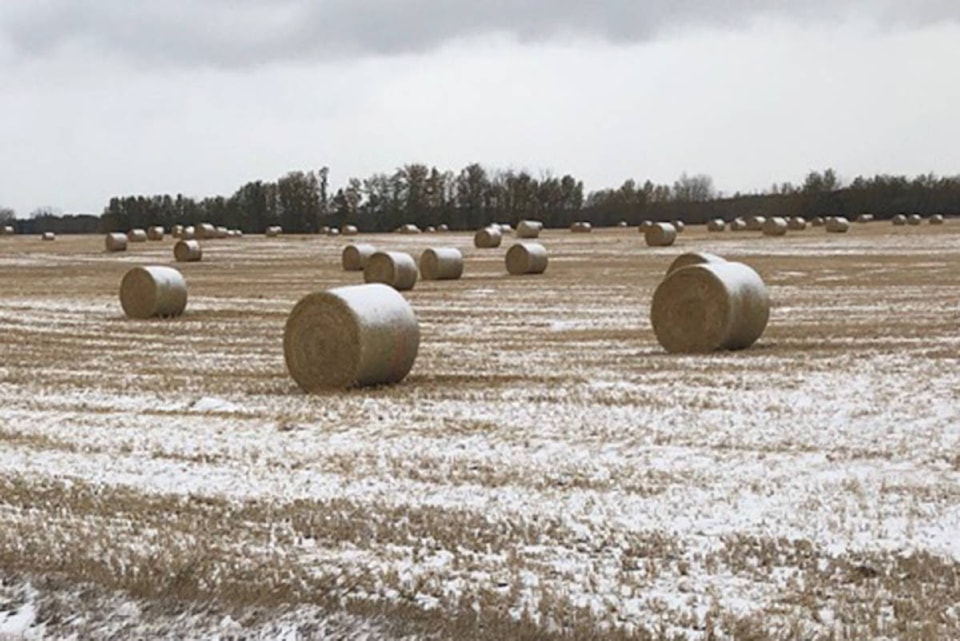It’s been an “interesting year” for agriculture in Alberta.
That was the best description Harry Brook, a crop information specialist with Alberta Agriculture and Forestry, had for the current state of farming throughout the province.
“This harvest season reminds me of a bad stutter. It’s been stop and go, stop and go,” he said.
“With the rain and snow followed by a few warmer days, it’s been making things difficult.”
While nearly all of the crops in southern Alberta are already in the bin, the central region has been rather lucky according to Brook in that harvest is around 80 per cent complete.
“Farmers in the last week or so have gotten ahead on combining quite a lot,” Brook stated.
“In the northern areas, especially so in the Peace region, it’s pretty bad. They have been sitting around 53 per cent harvested for the past couple of weeks and it doesn’t look like that will change much very soon.
“That area was hit hard in 2017 and then last year, where they had the best crops in the province and then a big frost hit in early September.”
Meanwhile, Brook has been hearing some good reports on yields throughout the rest of the province.
“Some producers I’ve spoke to have gotten in the range of 60 to 70 bushels per acre on their Hard Red Spring Wheat, while several that had canola are reporting over 50 bushels, a figure some have never had before,” he said.
“However, many pea crops did very poor this year due mostly to troubles trying to control disease.”
While the weather recently might look great for harvesting, Brook added the single-digit temperatures are only a slight help.
“It’s not been extremely warm and not a lot of wind, but despite that, the weather is kind of working in favour of farmers,” he said.
“The beauty of temperatures from six to nine degrees isn’t that it helps the crop, but that it creates the environment of extending the time you can safely store a crop in the bin, giving the farmer more time to figure out how best to deal with it.
“When it’s cool, grain in the bin is more manageable. That said, the advice I’m giving farmers is — don’t wait. Get it off the field and then watch the bins closely.”
Hay now
Brook acknowledged that there were supply issues for feed and hay earlier this fall, but that has died down a lot since the majority of people have been able to get equipment out and the job done in the last few weeks.
“The problem is right now is not a supply issue, but a quality issue,” he noted
“A lot of the hay is low in energy and low in protein, so it’s recommended that a feed test be done when buying hay and, if you are selling it, have a feed test done so it will be easier to sell.”
